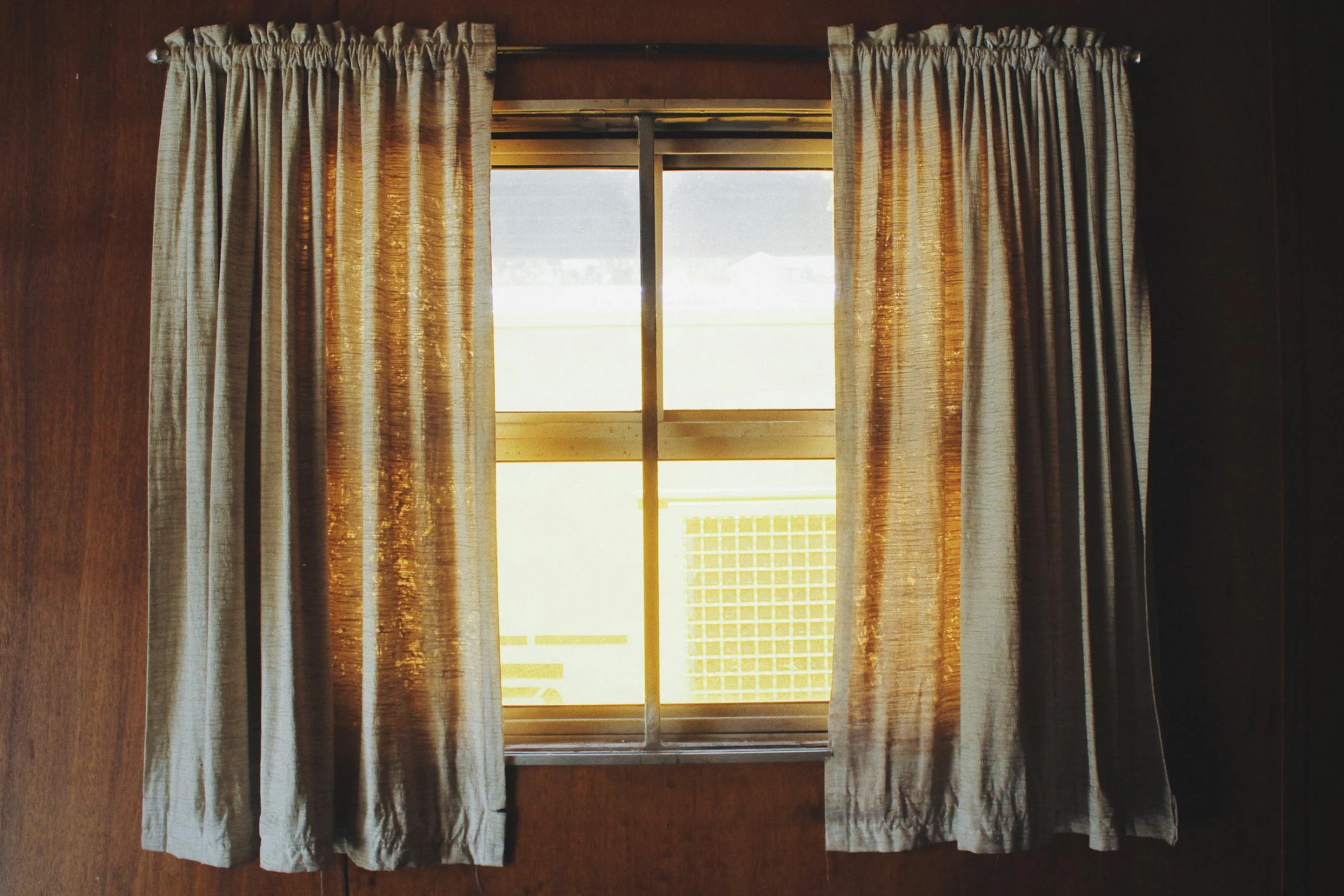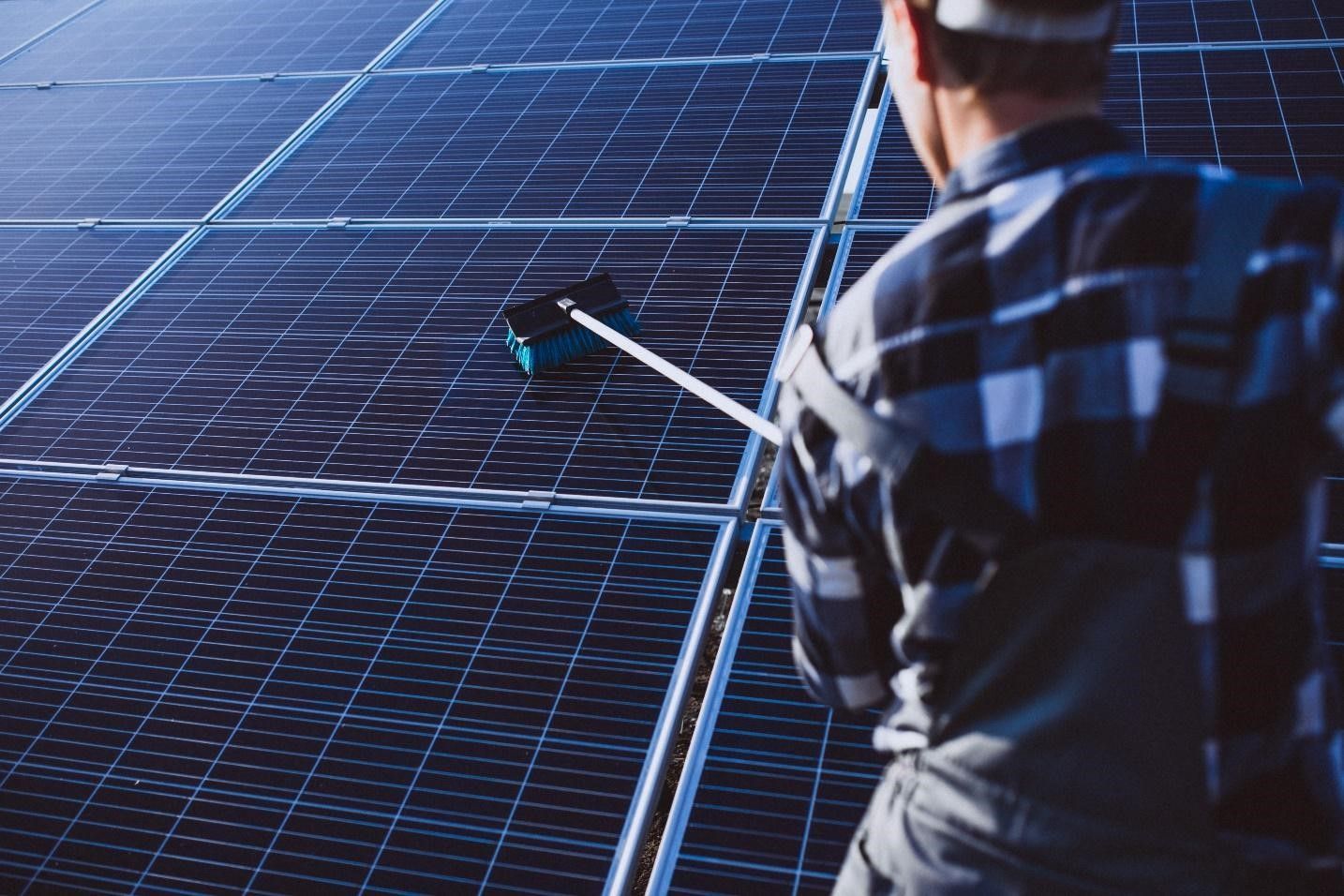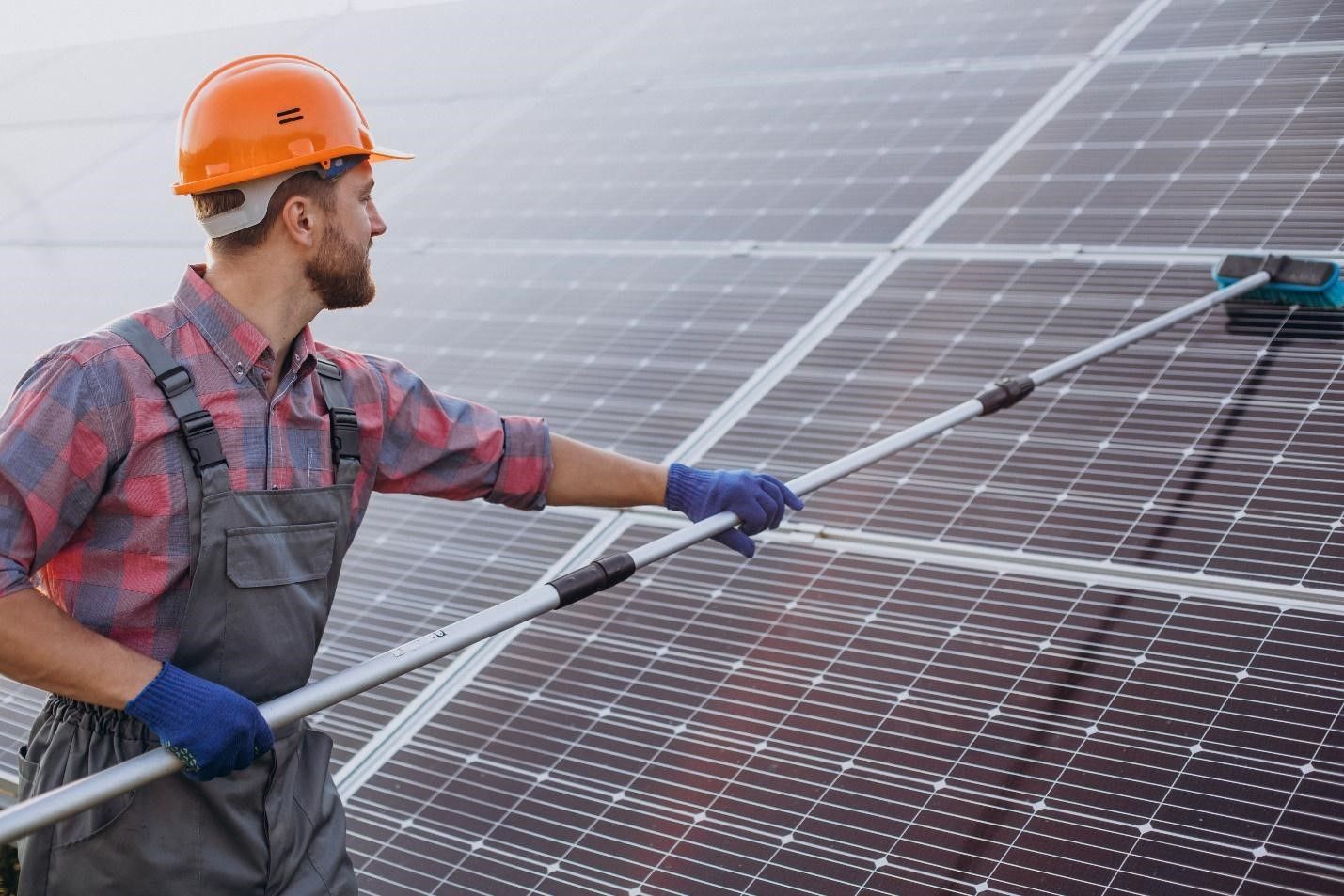Can Snow Buildup Damage Your Solar Panels? What You Need to Know
Solar panels have become an increasingly popular way to generate energy. They provide homeowners and businesses with a reliable, renewable energy source. However, as with any outdoor equipment, there are certain environmental factors that can affect their performance and longevity.
One of the most common concerns, especially in regions that experience harsh winters, is the potential for snow on solar panels. In this guide, we’ll explore the potential risks and steps you can take to minimize solar panel snow damage.
The Impact of Weather on Solar Panels
Solar panels are designed to handle all kinds of weather, but extreme conditions can still take a toll on them. Things like heavy rain, strong winds, hail, and snow can cause issues if not properly looked after. It’s important to stay on top of things to keep your panels performing at their best.
Understanding how snow on solar panels affects their functionality is key, as it can potentially lead to long-term damage if not addressed.
How Does Snow Affect Solar Panels
Harsh winters can both hinder the performance and potentially cause damage from snow on solar panels. While snow itself isn’t inherently harmful to solar panels, the way it accumulates and interacts with the panels can create issues.
When snow builds up on the surface of the panels, it can block sunlight from reaching the solar cells, reducing the system’s efficiency and overall energy production. Heavy snow buildup or the melting and refreezing process can stress the panel surface and mounting system. This can potentially lead to solar panel snow damage.
Snow Blocking Sunlight and Reducing Efficiency
One of the most immediate effects of snow on solar panels is that it can block sunlight from reaching the photovoltaic (PV) cells. Solar panels rely on sunlight to generate electricity. Even a small amount of snow can significantly reduce the amount of energy produced. In some cases, the buildup of snow on solar panels may completely cover the surface, preventing the system from generating power. The panels remain inactive until the snow melts or is cleared away.
Stress from Heavy Snow Accumulation
In areas with heavy snowfall, the accumulation of snow on solar panels can have a significant effect on the panel structure. The weight of the snow can exert pressure on the panels, especially if the snow is wet and heavy.
Over time, this can lead to damage such as cracking or warping the panels. Additionally, the snow can cause the mounting hardware to loosen, potentially leading to structural issues or even the detachment of the panels.
Melting and Refreezing Cycle
Another concern with snow on solar panels is the potential for damage from the melting and refreezing cycle. When snow melts due to warmer temperatures or the heat generated by the panels themselves, the water can seep into small crevices or gaps in the panel’s surface. If the water refreezes when temperatures drop again, it can expand, potentially causing solar panel snow damage. This process, known as freeze-thaw cycling, can weaken the panel's seals and increase the risk of long-term damage to the panel structure.
The Benefits of Snow for Solar Panels
While snow on solar panels can certainly present challenges, there are some benefits as well. In fact, snow can actually help improve the efficiency of solar panels in some cases. Here’s how:
Reflectivity Boosting Solar Efficiency
In certain situations, snow can actually increase the amount of sunlight reaching the panels. Snow has a high level of reflectivity, which means that it can bounce additional sunlight onto the surface of solar panels. This effect is especially pronounced when snow covers the ground around the solar panels. The increased light reflection can result in a temporary boost in solar power generation, although the snow itself will still need to be cleared for optimal performance.
Natural Cleaning Process
Snow can also help clean your solar panels, as it can gently remove dirt and debris from the surface. When snow melts, it may wash away dust, leaves, and other particles that can accumulate on the panels over time. However, this benefit is more limited and should not replace regular maintenance or cleaning practices.
How to Prevent and Address Solar Panel Snow Damage
If you live in an area prone to snow and cold weather, it’s important to take precautions to protect your solar panels. Here are some tips for keeping them safe and maintaining optimal performance during the winter months.
Regular Snow Removal
The most effective way to prevent snow buildup on solar panels is to regularly clear it from the surface. If snow accumulates and covers the panels, it will block sunlight from reaching the cells, reducing energy production. To remove the snow, use a soft brush or a specialized solar panel cleaning tool. Avoid using sharp or metal tools, as these can scratch the surface and cause permanent damage.
Don’t Overload Your Panels
If you live in an area with heavy snowfalls, be mindful of the weight of the snow on your panels. Although solar panels are designed to withstand snow and other environmental elements, excessive snow accumulation can cause stress on the panels. This can also affect the mounting system, potentially leading to damage. If the snow is wet and heavy, it’s especially important to remove it promptly to avoid damage to the solar panels.
Check for Ice Dams
One of the risks of snow on solar panels is the formation of ice dams, which can occur when snow melts and refreezes at the edges of the panels. These ice dams can put extra pressure on the panels and potentially cause structural damage. To prevent ice dams from forming, consider installing heating cables along the edges of your roof. These cables will help melt the snow and prevent it from refreezing. This will help protect both your roof and your solar panels from damage.
Install Snow Guards or Railing Systems
Some solar panel systems are equipped with snow guards or railings that help prevent snow from accumulating on the panels. These devices direct the snow off the panels, reducing the chance of buildup and potential issues.
While snow guards aren’t foolproof, they can still reduce the need for frequent snow removal and minimize the risk of damage.
Ensure Proper Panel Tilt
The angle at which your solar panels are mounted can influence how much snow accumulates on them. Panels that are tilted at a steeper angle will naturally shed snow more easily, as gravity helps slide the snow off the surface. This will also help in improving the overall performance during winter months.
Monitoring Solar Panel Performance in Winter
Even with the best precautions, snow on solar panels can still affect performance, especially in areas with frequent snowstorms. It’s important to monitor your solar panel system regularly during the winter months to ensure that it is operating efficiently.
If you notice a significant drop in energy production, it could be due to snow accumulation or other winter-related issues.
Many modern solar panel systems are equipped with monitoring tools that allow you to track the performance of your system remotely. If you suspect that solar panel snow damage has occurred, check the system’s output and compare it to historical data. If performance drops significantly and snow buildup is not the issue, you may need to have your panels inspected for potential damage.
When to Call a Professional for Help
If you’re unable to remove snow from your solar panels or suspect that damage has occurred, it’s a good idea to contact a professional for assistance. Solar panel installers and maintenance companies are trained to handle snow removal and inspect panels for potential issues. They can ensure that your panels are properly cleaned, maintain optimal performance, and address any problems related to snow buildup.
Conclusion: Snow and Solar Panels – What You Need to Know
Regularly inspecting your solar panels is key to keeping them in top shape and avoiding costly repairs. By checking for damage and addressing any issues early, you can help maintain their efficiency. Here’s a quick recap of what to look for during your inspection:
- Check for Cracks or Chips: Carefully examine the surface of each panel. Look for any visible cracks or chips that could affect the panel’s ability to absorb sunlight. Even small damages can reduce efficiency.
- Inspect Connections: Ensure that all wiring and connections are secure. Loose or damaged connections can result in energy loss and may cause further issues if not addressed promptly. By staying on top of things and taking the right steps, you can keep your solar panel system running smoothly. That way, it’ll keep performing well, even during the harshest winter weather!






